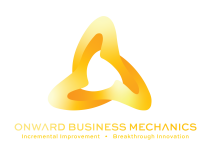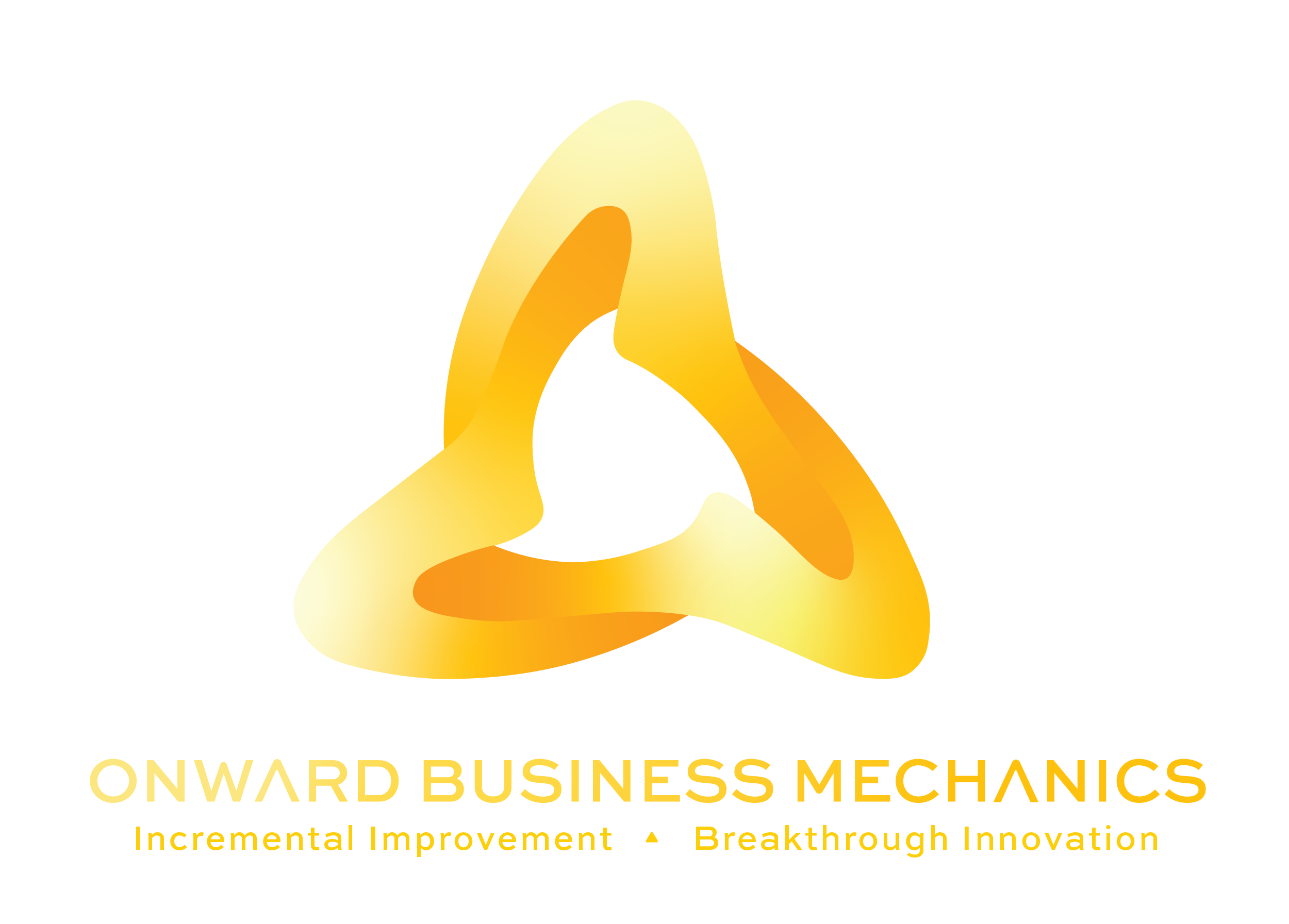Before I became a professional volunteer and entrepreneur, I worked to create value for companies using various business improvement (BI) methodologies. Most of that value I created (ahem, helped to create – BI is a team sport) can be expressed as cost savings – hence my former employers’ willingness to invest in my training and salary. Let me try to say this without bragging – I saved them a LOT of money! Thousands in some cases, millions in others.
Ebenezer Scrooge in a skirt?
How did I do that? Since the terms ‘cost reduction’ or ‘cost savings’ inevitably bring to mind a mean-faced, heartless approach to managing a business – squeeze as much as you can out of your employees, give them as little as possible, and watch your profit margins fatten – you might be thinking that I was a sort of “Grim Reaper of the Workplace”-type character. Well, not so.
I am not saying re-organizations to eliminate jobs never happened – they did. But that’s not how I put the numbers that justified my salary on the table. My part of the puzzle involved engaging employees, listening to them, arming them with new skills and tools, and finding ways to make their ideas work. It involved bringing about consensus, providing clarity and teaching a systematic way of thinking through problems. It involved breaking down communication barriers, guiding change, and eliminating headaches for front-line employees as well as making managers and directors look good.
So I know from my own experience that great business results do not have to come at the expense of employee well-being, health, safety or satisfaction. It just takes a little planning and lot of good old-fashioned hard work. Let me explain.
Find the key value drivers, and prioritize them.
Simply put, these are the pain points: the product line with the most quality issues, the area of the plant with the most back injuries, the step in the process that takes the longest, or generates the most complaints from your employees. The examples I mention are derived from my experience in operations, but these methodologies also work on design cycles, business planning and transactional environments such as banks, hospitals, NGOs and retail establishments.
The questions are the same no matter where you are: What’s driving that bulge in spending? What’s fluctuating the most? What’s keeping you and your employees up at night? What should you work on now, and what should you leave for later? There are a number of tools available (surveys, scorecards, financial analysis) to guide this process, as it can be overwhelming when a HUGE number of problems come to mind. The good news is that you will soon learn to see them as opportunities, not problems.
Choose your weapon
Once you have identified the first area of focus for your problem-solving (or put in the positive, identified your opportunity to capture), you need to pick a method. Many companies have a ‘silver bullet’ mentality, meaning they think that one tool or methodology will solve every problem they have. In my experience, Lean is useful when there are many interactions amongst different people, departments or business groups, while Six Sigma is more appropriate for more complex, subtle and intermittent problems in one area or process. Kaizen is great when you want to pay attention to a very specific problem, while creating visibility and publicly demonstrating your commitment to change.
Simple brain-storming and cause-and-effect analysis may be sufficient to generate massive benefits in some cases. At other times, a re-definition of goals and objectives, or a reaffirmation of an overall vision will be needed before the correct course of action can be identified. Someone who understands each of these tools can guide you in the direction that maximizes your chances of success, and help you avoid spending a ton of time and money on training and tools that you don’t need.
Draw the box
Decide what you’re going to do, and what you’re not going to do. Only this and no more! This sounds incredibly obvious, but skipping this step is the single fastest way to guarantee you will fail in your improvement efforts. Defining the scope of your improvement project means identifying your metric (how you measure the problem), your area of focus, your team, your target and your timeline. I like to think of it as setting yourself up for success, because you are looking forward to the improved state and deciding what it will look like, then looking backwards and asking yourself: How am I going to know when I have succeeded? The Project Management Institute has great tools for scoping projects (and for many of the subsequent steps as well).
Run the numbers
Make sure your numbers and data you collected in your ‘pain points’ exercise line up with the items truly driving expenses according to your financial tracking system. Your Controller is your best friend for this step; if he or she doesn’t have a line item for the thing you’re trying to address, it might as well not exist. You may need to keep digging, look under other departments’ numbers, or convince them that they need to modify the way they track things to reflect what’s happening on the front lines. Numbers are a language of their own so it is truly a process of translation!
Explore the issue – what is really going on?
With your numbers properly in place and your scope firmly established, you are ready to dive in to get a proper understanding of the problem. To me this is the most exciting part because it is new and different every time. You and your team will be in charge of interpreting the data you have – both qualitative and quantitative – and making decisions based on it. You’ll also need to know when the data you have is not enough. When is it time to ask more questions? When do we need to get more people involved? When is it okay to proceed? It will be iterative and there are many tools you can call about at this phase, to help you strike that fine balance between ending up on the wrong track because you acted too quickly and ‘analysis paralysis’. It will depend on many factors including the nature of the problem, the time pressure involved and the risks to the business either way.
Spring into action!
Eventually, as fun and exciting as it is to play detective in the exploration phase, you will have to come out of it with some conclusions and recommendations for action. Often at this point you will have a huge list of suggested action items, ranging from very easy and cheap fixes to expensive long-term revamps. You will have the budget and time to implement some of them, others not. Some of the items you propose are likely to have a little impact, some will have a lot. You’ll want to zoom in on the ones that have that magical combination of high impact, low cost to implement. Then you do what you need to do. Take a deep breath and put your credibility on the line: implement them and see what happens!
Validate and/or Repeat as Necessary
I was kidding about the credibility thing. (Mostly). Not everything you try is going to work out right away. At this stage you are seeing some results from the things you thought would work, and they might not. Most of the easy problems have already been solved, so yours is likely to be a tricky one. You will have to be resilient and flexible. You might need to change course, re-visit your conclusions, re-define your scope, or radically change course. In my experience, though, a significant change in the project at this phase is rare. Usually you will have to tweak, be patient and keep the positive communication flowing, inside your team and with your key stakeholders. Double down on what works, and put the ideas that went nowhere into the ‘Lessons Learned’ folder. Keep going until the needle starts to move in the right direction on the metric you chose.
Run the numbers (again)
As you watch the situation improve on the frontlines, you will have new evidence to show to your buddy the Controller. You’ll need to check back in to make sure that your improvements are generating the financial benefit that you both expected. If you did your numbers right the first time, there will be no negative surprises at this stage. In fact, you will often see additional benefits that you did not predict. When this happens it tends to make you very popular! Show your love to your team by spreading the credit around. It’s tremendously rewarding for them to see that their solution is working.
Hang in there
Usually you will experience a cooling-off period at this point – when immediate action is no longer required but you can’t fully close the book on your improvement efforts just yet. Your team will go from active problem-solving/implementing mode into a monitoring/maintaining mode. There are specific tools and things that you can do to prove that your efforts are working as the numbers roll in – a key one being documentation. In my experience you need to over-communicate for people to understand what you’re doing. Use it as a chance to build positive communication opportunities for your team members; this helps them share in the victory. These steps are all part of change management. You may need to return to the exploration phase if things start to go backwards. Repeat as necessary until you hit your targets.
Document and celebrate!
Because you’ve kept such complete and accurate notes all the way through, this phase will be easy. It’s now time to phase yourself out of the project and leave it to the usual process owners to maintain in its new and improved state. Do everything possible to win them over with your solutions, and make sure that they don’t change everything right back to the way it was the minute you look away. The best way you can do that is to involve them deeply throughout the problem-solving exercise. Document document document. Communicate communicate communicate. Then have a little ceremony (or a big one!) to recognize the great efforts of the team. This is a great moment for everyone!
Management is happy, the team is happy, the process owners are happy. And let’s not forget your buddy the Controller. He or she is happy too! It’s especially fun if you can invite someone official and financial to the party to say ‘your team saved $324,194’. People really do enjoy being a part of something successful. If the company does profit-sharing, or has the resources to compensate the team members financially for being part of the team, so much the better. But I have continually been surprised by how happy people are with a simple handshake, a certificate (which costs pennies to print out!) and a simple and sincere ‘good job’.
Repeat
So that’s how it’s done. Once you’re finished celebrating, you go back to your pain points list and start again, re-energized from your victory and ready to tackle something new. You can bet that you will have an easier time gaining the support you need the second (and third, fourth, etc) time around, once you have proven that you are capable of generating results. Don’t worry about your job security – I have never once run out of problems to solve. Creating value for companies using Business Improvement methodologies is good for your resume, and it’s good for the business and for the people it employs. And if I do say so myself, quite a bit of fun!


